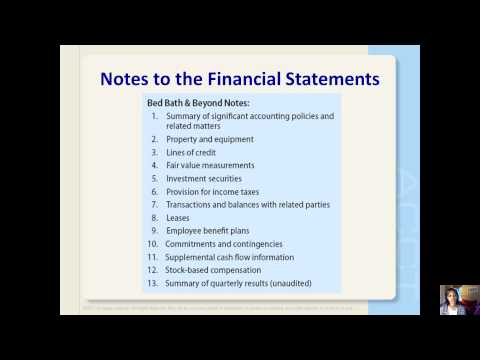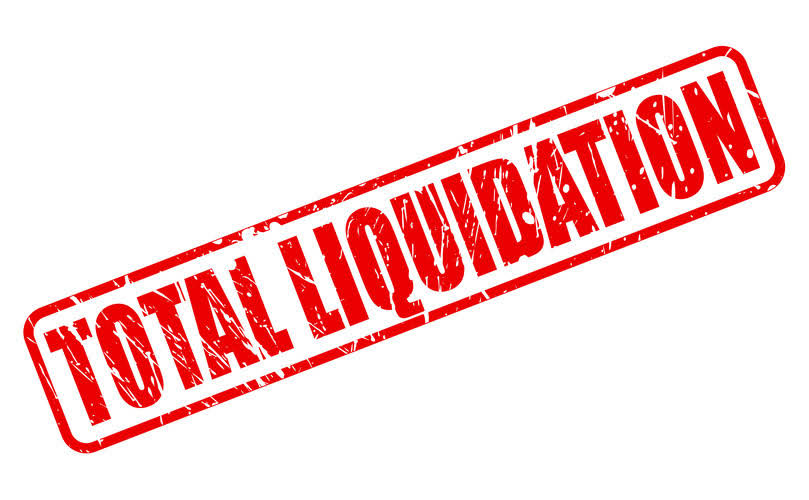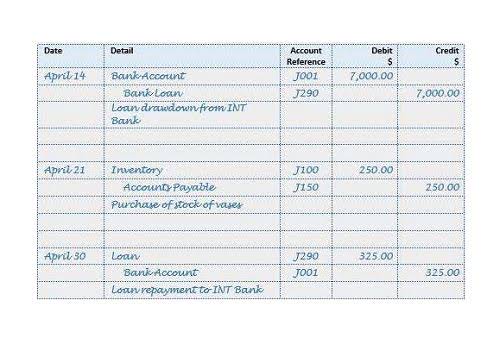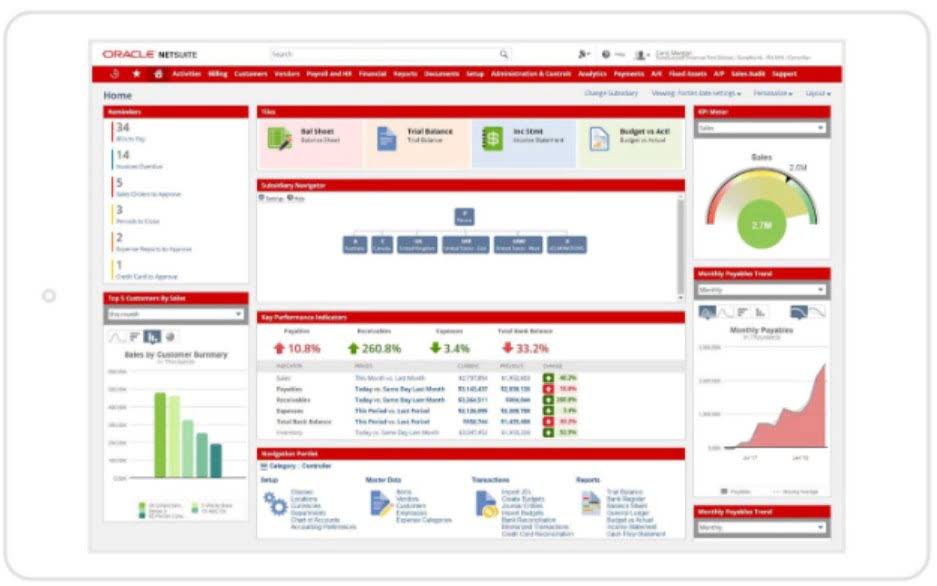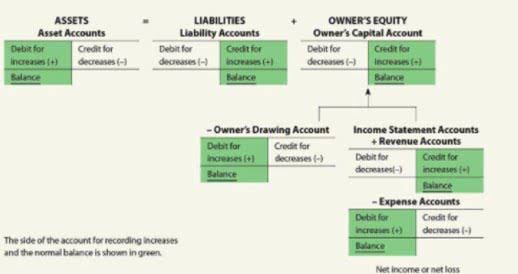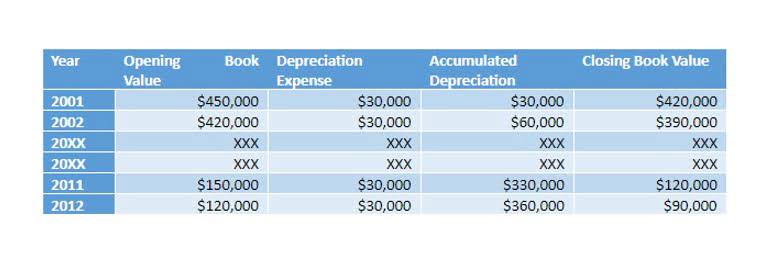Xero vs Quickbooks: Best Pick for Small Business 2024
With more than 3 million users worldwide, Xero is popular but not as ubiquitous as QuickBooks Online. Feature set includes an excellent mobile app and suite of reports, capable invoicing features, plus automated bill and receipt capture through Hubdoc. Both services do offer an app marketplace, for both in-house mobile apps and absorption dictionary definition integrations or extensions offered by third-party services. Xero offers more integrations overall, but both are very comprehensive. Xero stands out with unlimited users on all plans, which can be a big advantage for larger teams or businesses that require collaboration with accountants.
HubSpot for Startups & Small Businesses
That said, both QuickBooks and Xero often offer a special entry deal for your first few months, although these deals can vary. At different seasons of the year, QuickBooks plans have been between 50% and 70% off for the first three months. Whatever the current deal, users will need to skip their free trial to qualify. Meanwhile, a vertical sidebar can take you to more in-depth dashboards dedicated to topics including Workers, Taxes, and Reports. QuickBooks also offers a number of tailored reports, including QuickBooks reports for nonprofits, which let organizations track their donations and finances with one tool.
Plans for every kind of business
In U.S. dollars, Xero had $877.6 million in SaaS annual recurring monthly revenue (AMRR), according to its investor presentation for the six months ended September 30, 2020. Xero is experiencing 15% AMRR year-over-year growth in constant currency. While this, again, can come down to user preference, I like the ability to just jump in and get started. One of the major differences between Xero and QuickBooks Online is the setup process. A 50% discount will be applied to the above prices for the first two months.
For example, both mid-level plans are similar in price and scope, with the Growing plan in Xero costing you $32, while QuickBooks Online’s Plus plan is $35. The Xero accounting interface is clean and uncluttered, and new users have access to a demo company where they can manipulate data without worrying about entering or deleting important information. Perhaps you’ve read our accounting software reviews but remain confused about which of these two, popular accounting tools is right for you. Just keep in mind that unlike the inventory feature in QuickBooks Online’s higher-tier plans, Xero doesn’t let users set up reorder points that flag when stock is running low.
While the vocabulary may vary between the two products, they both offer electronic banking, excellent invoicing, payment acceptance, and bill management capabilities. NerdWallet independently reviews accounting software products before determining our top picks. We collect the data for our software ratings from products’ public-facing websites and from company representatives.
Who is QuickBooks Online for?
QuickBooks offers receipt and document organization with its mobile app as well as the online version. QuickBooks also offers Payroll, but this service is an additional fee starting at $45 to $125 per month. It can be used by Windows and Mac users and is suitable for small to large businesses, but the cost might be high for small enterprises, especially for the higher-tier plans. I have learned never to underestimate the importance of live product support, particularly when it comes to managing my money. Another benefit is that QuickBooks Online is better for small businesses, as you’re able to scale with your growing company. Pricing levels for Xero and QuickBooks Online are very similar, with both applications offering three pricing plans.
- Robust feature set includes thorough record-keeping, comprehensive reporting, excellent invoicing and inventory management, plus a capable mobile app.
- Businesses can integrate a scalable SaaS third-party AP automation solution to access more advanced automation and global payments capabilities.
- This includes the ability to accept payments, view reports, and assign expenses to customers or projects.
- Both Xero and QuickBooks Online offer excellent integration with hundreds of apps.
Accounting
We have an extensive history of reviewing small business accounting software, and we stay up-to-date with the latest features and enhancements. Our first-hand experience, guided by our internal case study, helps us understand how the different products compare with each other and how they work in real-world scenarios. Xero automates recurring online pay runs and stores employee data, personal assignee in insurance that means details, and payroll records. While Xero doesn’t include built-in payroll accounting functionality, it integrates smoothly with Gusto for streamlined payroll processing. Users need to integrate third-party applications for advanced accounting features. With real-time notifications, reports, and insights, companies can get a forecast to manage cash flow.
Xero’s main entry screen uses a menu bar at the top of the screen for access to system functions. This pared-down menu makes it easy for new users to find their way around the application without too much trouble. You’ll rarely be asking yourself how to use QuickBooks Online as they offer plenty of guidance throughout the application; users can click on the question mark anytime they need assistance. Xero and QuickBooks Online offer very similar features and functionality along with summary dashboards to measure business health. Xero and QuickBooks Online both offer a ton of features all designed for small business owners.
Yes, both have a fixed asset manager that allows you to track fixed assets and calculate depreciation. Fixed asset accounting is part of all Xero’s plans, whereas it’s offered only in the most expensive plan of QuickBooks Online, Advanced. This includes the availability of integrations for payroll, time tracking, and receiving e-payments.
It also provides a staff time overview to monitor individual employee efficiency. Xero enables daily bank reconciliation through live bank feed or manually import bank statements if the bank does not connect to Xero. It supports matching tackling 1099 taxes bank statements to invoices or bill payments using rules or accepting a suggested match. Users can sort and group transactions in bulk before reconciling them and receive alerts for suggested matches. QuickBooks supports in-person payments using the QuickBooks GoPayment app and mobile credit card reader. It allows companies to accept payments through credit cards, debit cards, ACH payments, Apple Pay, PayPal, or Venmo.










